Avoid installing a pool with never-ending problems and unexpected expenses. Knowing what to ask and look for before installing an inground swimming pool will keep you from regretting the decision.
homeandgardeningguide.com gathered the following information and tips about installing a swimming pool, what municipal ordinances may apply, and what safety measures to install or learn.
Is Installing a Pool Worth it?
Besides making you popular with the neighbors and your kids, a pool can increase the value of your home. However, the increase is likely less than you may believe. There are no guarantees that you’ll make your investment back. In fact, adding an inground swimming pool may only increase your home’s overall value by 6 or 7%.
Don’t be surprised when your budget pans out at double the cost of the pool itself. Consider the following expenses when making your final decision:
- Decks
- Fencing
- Patios
- Privacy screens
- Whirlpool spas
- Outdoor sound system
- Pool cover
- Patio/poolside furniture
- Equipment shed and storage
- Pool toys and floatation devices
- Additional outdoor electrical outlets.
- Outdoor lighting
- Landscaping
- Pathways
Note: You must also factor in ongoing expenses like periodic cleaning, eventual repairs, filter replacements, increased power bill, and chemical treatments to keep your pool pristine.
What Type of Pool do I Want?
There are three principal types of inground pools. Consider the following:
Concrete Pools – These pools are custom-built and can conform to virtually any size, shape, or depth. Gunite or Shotcrete pools – as they are referred to in the industry – because concrete is shot from a gun onto preformed steel-reinforced walls. Once the concrete cures, the pool’s surface is plastered, painted, and finished with tiles or a textured surface.
It takes more time to install concrete pools than any other kind, but it is the strongest, most durable pool type. Existing concrete pools can be remodeled, enlarged, and even updated, unlike other inground pool types.
Fiberglass Pools – These pools are factory-molded into one giant piece, which (after transport) is placed into an excavated hole by crane. Fiberglass pools can be installed much faster than other pool types. Fiberglass pools have a smooth gel coat finish that is durable and stain-resistant. Fiberglass pools are nonporous and use fewer pool chemicals while harboring less algae than other pool types.
Fiberglass pools come with fewer size and shape options than concrete or vinyl pools. Shipping may also drive up the cost of your pool depending on how many states the truck driver must negotiate to deliver your pool.
Vinyl Pools – These pools are made from a preformed liner that fits into your excavated hole. It is secured to a reinforced metal or polymer frame.
Vinyl pools can be easily damaged by pool toys, pets, and other sharp objects. While these liners can be repaired, your best option is to choose one that is about ¾ to an inch in thickness.
Swimming Pool Installation Cost
It is virtually impossible to determine precisely how much your pool installation will cost since prices vary widely depending on material availability, your location, water system, the type and size of the pool, and the location’s soil conditions.
Tip: The time of year can also cause the final price to fluctuate. Some contractors offer discounts for projects completed in the off-season.
A 20 X 40-foot rectangular concrete pool will cost somewhere between $70,000 and $100,000. The same-sized vinyl installation will run between $60,000 and $90,000, while a fiberglass inground installation will run between $50,000 and $80,000 (before transportation and crane fees).
Note: These pricing estimates should include the pool’s filtration system, fill-up, underwater lighting, and stonework around the pool’s perimeter.
Building, Land, Tree, and Zoning Regulations
Inground swimming pools are subject to land disturbance, tree removal, building, and zoning ordinances, so you must apply for the corresponding permits and receive approval before any digging or prep work may begin.
Building, land disturbance, tree removal, and zoning ordinances differ from municipality to municipality, but in most cases, you will be required to satisfy minimum distances from the pool to property lines, wells, sewer lines, wetlands, etc. There will also be codes regulating pool barriers and gate height, structure, and functionality.
Safety Tip: For added protection, especially if you have special needs individuals, young children, or grandchildren, consider installing alarms on house doors and gates granting access to the pool.
For a complete list of specific municipal guidelines, rules, and restrictions, contact your local building or city zoning departments.
Swimming Pool Safety
The unique pleasures that come with installing a swimming pool do not come without significant responsibilities. Topping this list is pool safety, and here are some safety concerns to consider:
- Never leave a child in or near the pool without supervision
- Teach children and young adults to stay away from pool drains
- Teach children and loved ones how to swim and tread water
- Know how to administer CPR on children and adults
- Install slip-resistant pathways to, from, and around your pool
- Install functional gates, barriers, covers, lighting, and alarms on and around your pool
Tip: CPR certification courses are offered by the American Red Cross and/or by your local police and fire rescue departments.
Inground Swimming Pool Installation
In this article, you discovered essential information and tips on swimming pool installation, ordinances that must be considered, and pool safety measures for all to follow.
Installing an inground swimming pool may require more information and knowledge than you initially considered. However, you can enjoy a safe swimming pool for many years by making informed decisions throughout the installation process.
Ignoring the nuances and municipal codes for inground pool installation can result in surprises, costly mistakes, and unforseen costs.
Sources:
muhlenberg.ca.uky.edu/files/pool_installation_-_financial_considerations.pdf
poolsafely.gov/parents/safety-tips/
shotcrete.org/wp-content/uploads/2020/01/2018Sum_Guarino-Oakes.pdf
Visit http://www.homeandgardeningguide.com/improvement/swimming-pool/ for more swimming pool articles, resources and tips.
The post What You Need to Know Before Installing a Pool appeared first on http://www.homeandgardeningguide.com
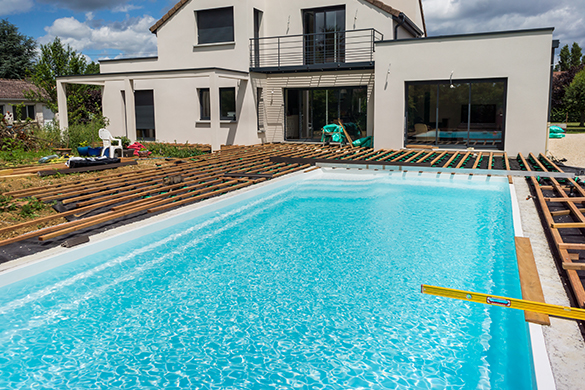
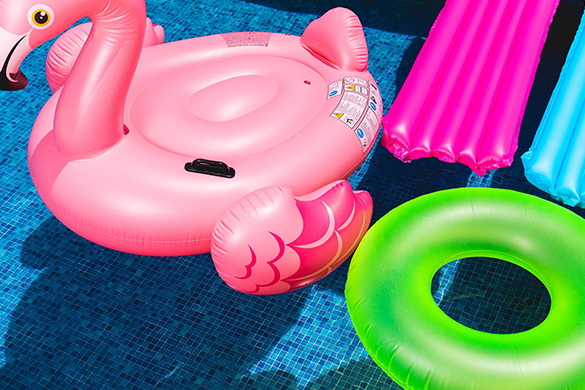
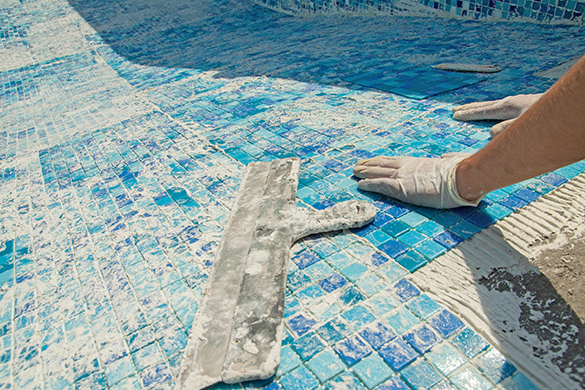
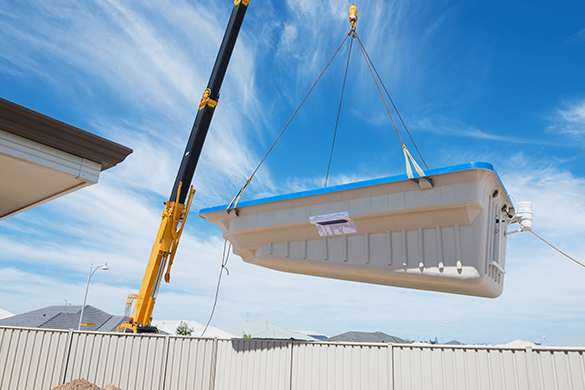
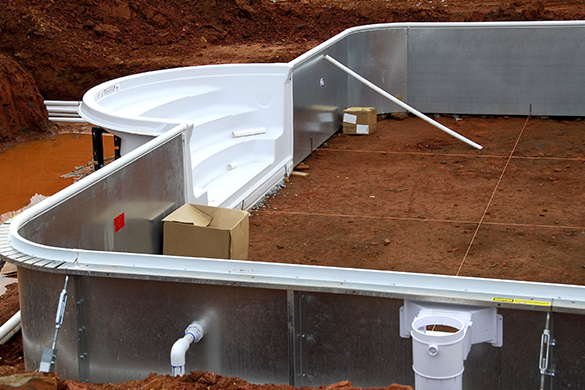
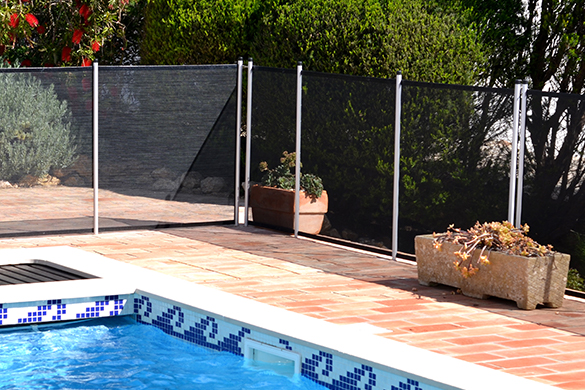
No comments:
Post a Comment